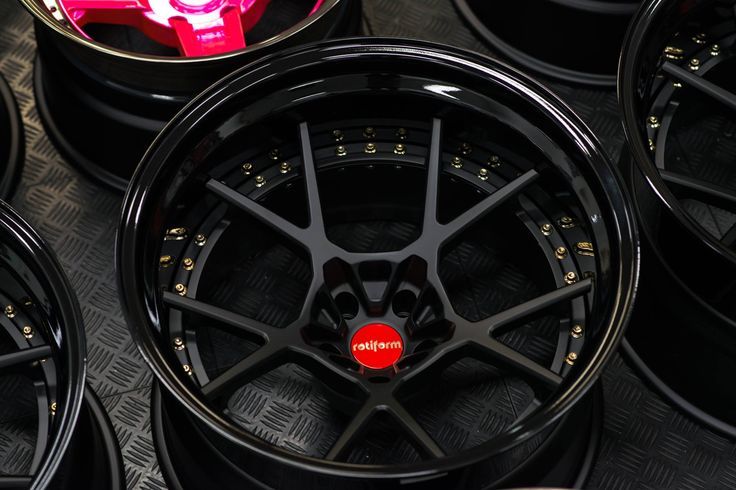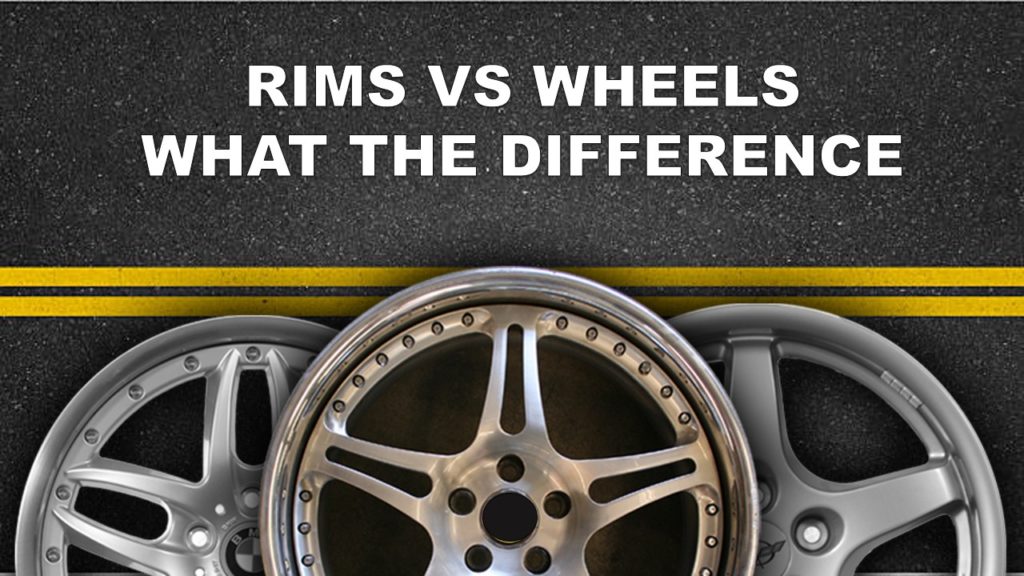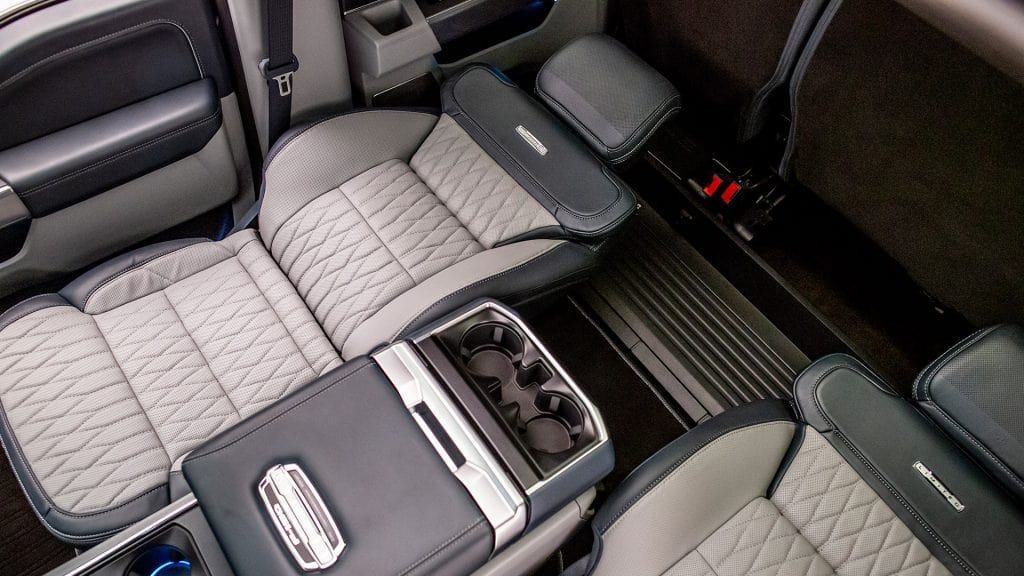What is the Difference Between Rims vs Wheels?
Some people assume that rims vs wheels are the same on the car and they are often used interchangeably in casual conversation. Is it true? The answer is that the rims are parts of a wheel on a car. To know more, let’s uncover the distinctive features and functions of the rims and wheels in the automotive world.
What Is A Rim On Your Car?
Rims are the outer circular component of a wheel that holds the tire in place. Car rims are available in different materials and designs, such as chrome, alloy, and steel. Each type offers distinct advantages in terms of aesthetics and performance. The rim provides a mounting surface for the tire and is designed to support the weight of the vehicle while also allowing for smooth and controlled movement.
Rims come in various sizes and styles, and their design can have an impact on the overall aesthetics and performance of a car. In addition to holding the tire, rims can also incorporate features such as spokes or solid discs, which can affect the aerodynamics and cooling of the brakes. They may also include a valve stem for inflating the tire and a bolt pattern that matches the car’s hub to ensure proper fitment.

What Is The Definition Of A Wheel?
When it comes to the “car wheel”, it’s the entire assembly that includes: a tire, rim, hub, and other associated parts. Car wheels are usually made from alloy aluminum or steel. Steel wheels are strong and reliable, while alloy wheels are lighter and offer better performance. The main function of the car wheel is contact with the road surface to help the car move. Simply put, the car wheel supports the weight of the car and absorbs road shocks while providing a means of propulsion. The wheel structure will conclude with some main parts such as:
- Rim: The outer circular component of the wheel is responsible for securing the tire in position.
- Tire: The rubber component that surrounds the rim and makes direct contact with the road surface. The tire provides traction, cushioning, and grip while driving.
- Hub: The central part of the wheel assembly that attaches to the car’s axle. The hub connects the wheel to the car and enables it to rotate smoothly.
- Spokes: Some wheels feature spokes, which are thin rods radiating from the hub to the rim. Spokes can provide structural support and contribute to the overall aesthetics of the wheel.
- Lug nuts or bolts: These are fasteners that secure the wheel to the car’s hub. They are typically tightened using a wrench or socket.
- Valve stem: A small tube-like component that protrudes from the rim. It allows for inflation and deflation of the tire.
These parts are put together to make the car wheel – a very important component that contributes to the overall functionality, performance, and safety of your vehicle.
>> Related post: Steel Vs. Alloy Wheels- What Makes A Better Choice?
Rims vs Wheels: What Are The Differences?

Based on the terms of wheels and rims we analyzed in the above parts, you can see that the rim and wheel are completely different definitions. The rim is only just a part of the car wheel but it’s not the whole wheel, but the wheel is an assembly with other parts including the rim. Additionally, there are several distinctive features of rims and wheels you can easily notice like:
| Car Wheels | Rims | |
| Function | Provides structural integrity and houses the tire. | Serves as the interface between the tire and the wheel assembly. |
| Material | Typically made of steel or aluminum alloy | Commonly crafted from materials like steel, aluminum alloy, or even magnesium alloy |
| Design | Varies in design, including different spoke arrangements and finishes. | Primarily focuses on the aesthetic appearance and finish. |
| Mounting process | Secure the tire onto the wheel’s central hub using lug nuts. This process ensures a tight fit and proper alignment. | The process of attaching them to the outer edges of the wheel. Rims are typically secured to the wheel using bolts or other fastening mechanisms. |
| Customization options | Car wheels can be customized through various finishes, colors, and sizes. | Car rims offer extensive customization options, allowing you to choose from a wide range of styles, materials, and colors to match your personal preferences. |
| Size | Available in various sizes and diameters to fit different vehicles. | Sized according to the specific tire and vehicle requirements. |
| Price | The prices will depend on some factors like material, brand, and design. Steel wheels are generally more budget-friendly, while alloy wheels can be pricier. | Car rims come in a wide price range, depending on factors like material, design complexity, and brand reputation. High-end rims made from premium materials tend to be more expensive. |
Learning more about the differences between rims and wheels in this video:
Final Thoughts
While car wheels and rims are often used interchangeably, they are distinct components of your vehicle. We hope that after reading this article, you will understand clearly and identify the difference between car wheels and rims to have more knowledge about the automotive industry.














